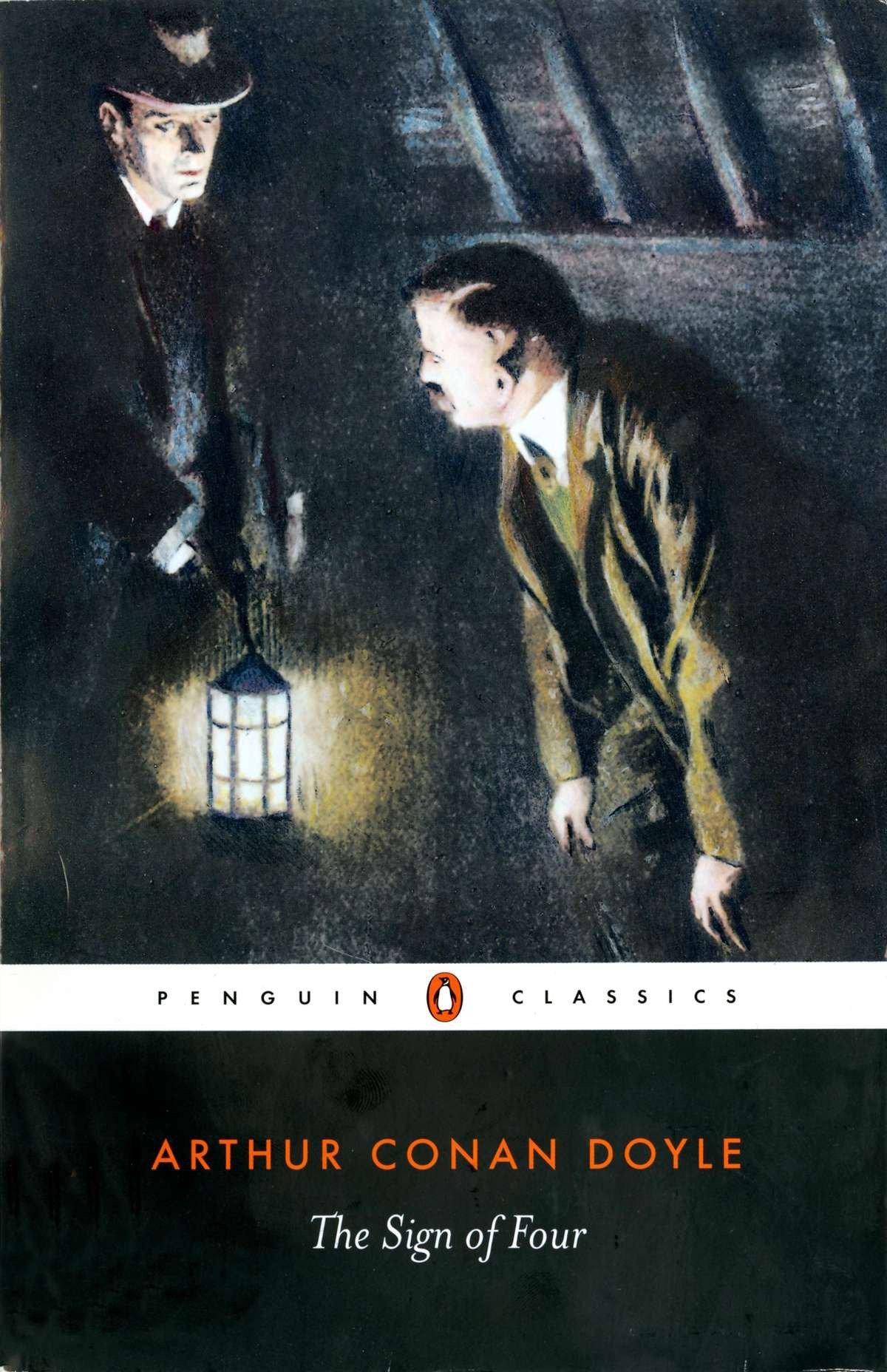Middlemarch
by George Eliot
1871-2
[A Review]
Those who have great thoughts get too much worn in working them out. I used to feel about that, even when I was a little girl; and it always seemed to me that the use I should like to make of my life would be to help some one who did great works, so that his burthen might be lighter.
But Casaubon, who has probably never before desired a wife, is reluctant to share the world of his work with anyone.
















